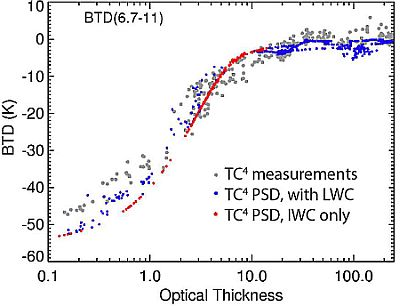Simulations of Infrared Radiances over a Deep Convective Cloud System Observed during TC4: Potential for Enhancing Nocturnal Ice Cloud Retrievals
Abstract
:1. Introduction
2. Combined Measurements over a Deep Convective Cloud System
3. Infrared Radiances over the Deep Convective Cloud System: Observations and Simulations
3.1. The S-HIS Derived IR Brightness Temperatures at the MODIS Bands
3.2. Optical Thickness Profiles from Combined CRS and CPL Measurements
3.3. Cloud Bulk Scattering Properties during the Flight Track
3.4. Effects of Optical Thickness and Particle Size on IR Radiances over Deep Convective Cloud
4. Discussion
4.1. Sensitivity of BTDs to Uncertainties in Atmospheric Profiles
4.2. Satellite Examples of τ Dependency on BTD(6.7–11)
5. Conclusions
Acknowledgments
References and Notes
- Liou, K.-N. Influence of cirrus clouds on weather and climate processes: A global perspective. Mon. Wea. Rev 1986, 114, 1167–1199. [Google Scholar]
- Ramanathan, V.; Collins, W. Thermodynamic regulation of ocean warming by cirrus clouds deduced from observations of the 1987 El Niño. Nature 1991, 351, 27–32. [Google Scholar]
- Zhang, M.H.; Lin, W.Y.; Klein, S.A.; Bacmeister, J.T.; Bony, S.; Cederwall, R.T.; Del Genio, A.D.; Hack, J.J.; Loeb, N.G.; Lohmann, U.; et al. Comparing clouds and their seasonal variations in 10 atmospheric general circulation models with satellite measurements. J. Geophys. Res 2005, 110. [Google Scholar] [CrossRef]
- Rossow, W.B.; Schiffer, R.A. Advances in understanding clouds from ISCCP. Bull. Amer. Meteor. Soc 1999, 80, 2261–2288. [Google Scholar]
- Wylie, D.P.; Jackson, D.L.; Menzel, W.P.; Bates, J.J. Trends in global cloud cover in two decades of HIRS observations. J. Climate 2005, 18, 3021–3031. [Google Scholar]
- Jones, T.A.; Stensrud, D.J.; Minnis, P.; Palikonda, R. Evaluation of a forward operator to assimilate cloud water path into WRF-DART. Mon. Wea. Rev 2012. submitted. [Google Scholar]
- Norris, P.M.; da Silva, A.M. Monte Carlo Bayesian inference on a statistical model of sub-grid column moisture variability using high-resolution cloud observations. Part I: Sensitivity tests and results. Q. J. R. Meteorol. Soc 2012. submitted. [Google Scholar]
- King, M.D.; Menzel, P.; Kaufman, Y.J.; Tanre, D.; Gao, B.-C.; Platnick, S.; Ackerman, S.A.; Remer, L.A.; Pincus, R.; Hubanks, P.A. Cloud and aerosol properties, precipitable water, and profiles of temperature and water vapor from MODIS. IEEE Trans. Geosci. Remote Sens 2003, 41, 442–458. [Google Scholar]
- Minnis, P.; Takano, Y.; Liou, K.-N. Inference of cirrus cloud properties using satellite-observed visible and infrared radiances, Part I: Parameterization of radiance fields. J. Atmos. Sci 1993, 50, 1279–1304. [Google Scholar]
- Minnis, P.; Szedung, S.-M.; Young, D.F.; Heck, P.W.; Garber, D.P.; Chen, Y.; Spangenberg, D.A.; Arduini, R.F.; Trepte, Q.Z.; Smith, W.L.; et al. CERES Edition-2 cloud property retrievals using TRMM VIRS and Terra and Aqua MODIS data, Part I: Algorithms. IEEE Trans. Geosci. Remote Sens 2011, 49, 4374–4400. [Google Scholar]
- Platnick, S.; King, M.D.; Ackerman, S.A.; Menzel, W.P.; Baum, B.A.; Riédi, J.C.; Frey, R.A. The MODIS cloud products: Algorithms and examples from Terra. IEEE Trans. Geosci. Remote Sens 2003, 41, 459–473. [Google Scholar]
- Heidinger, A.K. Rapid daytime estimation of cloud properties over a large area from radiance distributions. J. Atmos. Ocean. Tech 2003, 20, 1237–1250. [Google Scholar]
- Hong, G.; Minnis, P.; Doelling, D.R.; Ayers, J.K.; Sun-Mack, S. Estimating effective particle size of tropical deep convective clouds with a look-up table method using satellite measurements of brightness temperature differences. J. Geophys. Res 2012, 117. [Google Scholar] [CrossRef]
- Wu, M.C. A method for remote sensing the emissivity, fractional cloud cover, and cloud top temperature of high-level, thin clouds. J. Climate Appl. Meteor 1987, 26, 225–233. [Google Scholar]
- Menzel, W.P.; Richard, F.; Zhang, H.; Wylie, D.P.; Moeller, C.; Holz, R.E.; Maddux, B.; Strabala, K.I.; Gumley, L.E. MODIS global cloud-top pressure and amount estimation: Algorithm description and results. J. Appl. Meteorol. Climatol 2008, 47, 1175–1198. [Google Scholar]
- Inoue, T. On the temperature and effective emissivity determination of semi-transparent cirrus clouds by bispectral measurements in the 10 micron window region. J. Meteor. Soc. Japan 1985, 63, 88–99. [Google Scholar]
- Hong, G.; Yang, P.; Heidinger, A.K.; Pavolonis, M.J.; Baum, B.A.; Platnick, S.E. Detecting opaque and nonopaque tropical upper tropospheric ice clouds: A trispectral technique based on the MODIS 8–12 μm window bands. J. Geophys. Res 2010, 115. [Google Scholar] [CrossRef]
- Lin, X.; Coakley, J., Jr. Retrieval of properties for semitransparent clouds from multispectral infrared imagery data. J. Geophys. Res 1993, 98, 18501–18514. [Google Scholar]
- Ou, S.C.; Liou, K.-N.; Gooch, W.M.; Takano, Y. Remote sensing of cirrus cloud properties using Advanced Very-High Resolution Radiometer 3.7 and 10.9-μm channels. Appl. Opt 1993, 32, 2171–2180. [Google Scholar]
- Szejwach, G. Determination of semitransparent cirrus cloud temperature from infrared radiances: Application to METEOSAT. J. Appl. Meteor 1982, 21, 384–393. [Google Scholar]
- Liou, K.-N.; Ou, S.C.; Takano, Y.; Valero, F.P.J.; Ackerman, T.P. Remote sounding of the tropical cirrus cloud temperature and optical depth using 6.5 and 10.5 μm radiometers during STEP. J. Appl. Meteor 1990, 29, 716–726. [Google Scholar]
- Huang, H.-L.; Yang, P.; Wei, H.; Baum, B.A.; Hu, Y.X.; Atonelli, P.; Ackerman, S.A. Inference of ice cloud properties from high spectral resolution infrared observations. IEEE Trans. Geosci. Remote Sens 2004, 42, 842–852. [Google Scholar]
- Kahn, B.H.; Eldering, A.; Ghil, M.; Bordoni, S.; Clough, S.A. Sensitivity analysis of cirrus cloud properties from high resolution infrared spectra, Part I: Methodology and synthetic cirrus. J. Climate 2004, 17, 4856–4870. [Google Scholar]
- Yue, Q.; Liou, K.-N. Cirrus cloud optical and microphysical properties determined from AIRS infrared spectra. Geophys. Res. Lett 2009, 36, L05810. [Google Scholar] [CrossRef]
- Chaboureau, J.-P.; Bechtold, P. Statistical representation of clouds in a regional model and the impact on the diurnal cycle of convection during Tropical Convection, Cirrus and Nitrogen Oxides (TROCCINOX). J. Geophys. Res 2005, 110, D17103. [Google Scholar] [CrossRef]
- Hong, G.; Yang, P.; Gao, B.-C.; Baum, B.A.; Hu, Y.X.; King, M.D.; Platnick, S. High cloud properties from three years of MODIS Terra and Aqua data over the Tropics. J. Appl. Meteor. Climatol 2007, 46, 1840–1856. [Google Scholar]
- Hong, G.; Heygster, G.; Notholt, J.; Buehler, S.A. Interannual to diurnal variations in tropical and subtropical deep convective clouds and convective overshooting from seven years of AMSU-B measurements. J. Climate 2008, 21, 4168–4189. [Google Scholar]
- Bedka, K. M.; Minnis, P. GOES-12 observations of convective storm variability and evolution during the TC4 field program. J. Geophys. Res 2010, 115, D00J13. [Google Scholar] [CrossRef]
- Wood, R. Marine stratocumulus. Mon. Wea. Rev 2012, 140, 2373–2423. [Google Scholar]
- Toon, O.B.; Starr, D.O.; Jensen, E.J.; Newman, P.A.; Platnick, S.; Schoeberl, M.R.; Wennberg, P.O.; Wofsy, S.C.; Kurylo, M.J.; Maring, H.; Jucks, K.W.; et al. Planning, implementation, and first results of the Tropical Composition, Cloud and Climate Coupling Experiment (TC4). J. Geophys. Res 2010, 115. [Google Scholar] [CrossRef]
- Hook, S.J.; Myers, J.J.; Thome, K.J.; Fitzgerald, M.; Kahle, A.B. The MODIS/ASTER airborne simulator (MASTER)—A new instrument for earth science studies. Remote Sens. Environ 2001, 76, 93–102. [Google Scholar]
- King, M.D.; Platnick, S.; Wind, G.; Arnold, G.T.; Dominguez, R.T. Remote sensing of radiative and microphysical properties of clouds during TC4: Results form MAS, MASTER, MODIS, and MISR. J. Geophys. Res 2010, 11, D00J07. [Google Scholar] [CrossRef]
- Revercomb, H.E.; Walden, V.P.; Tobin, D.C.; Anderson, J.; Best, F.A.; Ciganovich, N.C.; Dedecker, R.G.; Dirkx, T.; Ellington, S.C.; Garcia, R.K.; et al. Recent results from two new aircraft-based Fourier transform interferometers: The Scanning High-Resolution Interferometer Sounder and the NPOESS Atmospheric Sounder Testbed Interferometer. Proceedings of 8th International Workshop of Atmospheric Science From Space Using Fourier Transform Spectrometry, Toulouse, France, 16–18 November 1998; pp. 1–6.
- Li, L.; Heymsfield, G.M.; Racette, P.E.; Tian, L.; Zenker, E. A 94 GHz cloud radar system on a NASA high-altitude ER-2 aircraft. J. Atmos. Ocean. Tech 2004, 21, 1378–1388. [Google Scholar]
- McGill, M.J.; Li, L.; Hart, W.D.; Heymsfield, G.M.; Hlavka, D.L.; Racette, P.E.; Tian, L.; Vaughan, M.A.; Winker, D.M. Combined lidar-radar remote sensing: Initial results from CRYSTAL-FACE. J. Geophys. Res 2004, 109, D07203. [Google Scholar] [CrossRef]
- McGill, M.J.; Hlavka, D.L.; Hart, W.D.; Spinhirne, J.D.; Scott, V.S.; Schmid, B. The Cloud Physics Lidar: Instrument description and initial measurement results. Appl. Opt 2002, 41, 3725–3734. [Google Scholar]
- Jensen, E.J.; Lawson, P.; Baker, B.; Pilson, B.; Mo, Q.; Heymsfield, A.J.; Bansemer, A.; Bui, T.P.; McGill, M.; Hlavka, D.; et al. On the importance of small ice crystals in tropical anvil cirrus. Atmos. Chem. Phys 2009, 9, 5321–5370. [Google Scholar]
- Lawson, R.P.; O’Connor, D.; Zmarzly, P.; Weaver, W.; Baker, B.A.; Mo, Q.; Jonsson, H. The 2D-S (Stereo) probe: Design and preliminary tests of a new airborne, high-speed, high-resolution imaging probe. J. Atmos. Ocean. Tech 2006, 23, 1462–1477. [Google Scholar]
- Field, P.R.; Heymsfield, A.J.; Bansemer, A. Shattering and particle interarrival times measured by optical array probes in ice clouds. J. Atmos. Ocean. Tech 2006, 23, 1357–1371. [Google Scholar]
- Baumgardner, D.; Jonsson, H.; Dawson, W.; O’Connor, D.; Newton, R. The cloud, aerosol and precipitation spectrometer (CAPS): A new instrument for cloud investigations. Atmos. Res 2002, 59–60, 251–264. [Google Scholar]
- Heymsfield, A.J.; Bansemer, A.; Schmitt, C.G.; Twohy, C.; Poellet, M.R. Effective ice particle densities derived from aircraft data. J. Atmos. Sci 2004, 61, 982–1003. [Google Scholar]
- Tian, L.; Heymsfield, G.M.; Heymsfield, A.J.; Bansemer, A.; Li, L.; Twohy, C.H.; Srivastava, R.C. A study of cirrus ice particle size distribution using TC4 observations. J. Atmos. Sci 2010, 67, 195–216. [Google Scholar]
- Thompson, A.M.; MacFarlane, A.M.; Morris, G.A.; Yorks, J.E.; Miller, S.K.; Taubman, B.F.; Verver, G.; Vömel, H.; Avery, M.A.; Hair, J.W.; et al. Convective and wave signatures in ozone profiles over the equatorial Americas: Views from TC4 2007 and SHADOZ. J. Geophys. Res 2010, 115, D00J23. [Google Scholar] [CrossRef]
- Minnis, P.; Yost, C.R.; Sun-Mack, S.; Chen, Y. Estimating the physical top altitude of optically thick ice clouds from thermal infrared satellite observations using CALIPSO data. Geophys. Res. Lett 2008, 35, L12801. [Google Scholar] [CrossRef]
- Austin, R.T.; Heymsfield, A.J.; Stephens, G.L. Retrieval of ice cloud microphysical parameters using the CloudSat millimeter-wave radar and temperature. J. Geophys. Res 2009, 114, D00A23. [Google Scholar] [CrossRef]
- Baedi, R.J.P.; de Wit, J.J.M.; Russchenberg, H.W.J.; Erkelens, J.S.; Baptista, J.P.V.P. Estimating effective radius and liquid water content from radar and lidar based on the CLARE98 data set. Phys. Chem. Earth B 2000, 25, 1057–1062. [Google Scholar]
- Liu, C.L.; Illingworth, A.J. Toward more accurate retrievals of ice water content from radar measurements of clouds. J. Appl. Meteorol 2000, 39, 1130–1146. [Google Scholar]
- Marzano, F.S.; Mugnai, A.; Panegrossi, G.; Pierdicca, N.; Smith, E.A.; Turk, J. Bayesian estimation of precipitating cloud parameters from combined measurements of spaceborne microwave radiometer and radar. IEEE Trans. Geosci. Remote Sens 1999, 37, 596–613. [Google Scholar]
- Skofronick-Jackson, G.M.; Wang, J.R.; Heymsfield, G.M.; Hood, R.; Manning, W.; Meneghini, R.; Weiman, J.A. Combined radiometer-radar microphysical profile estimations with emphasis on high-frequency brightness temperature observations. J. Appl. Meteorol 2003, 42, 476–487. [Google Scholar]
- Heymsfield, A.J.; Matrosov, S.; Baum, B. Ice water path–optical depth relationships for cirrus and deep stratiform ice cloud layers. J. Appl. Meteor 2003, 42, 1369–1390. [Google Scholar]
- Mishchenko, M.I.; Travis, L.D. Capabilities and limitations of a current FORTRAN implementation of the T-matrix method for randomly oriented, rotationally symmetric scatterers. J. Quant. Spectrosc. Radiat. Transfer 1998, 60, 309–324. [Google Scholar]
- Baran, A.J. On the scattering and absorption properties of cirrus cloud. J. Quant. Spectrosc. Radiat. Transfer 2004, 89, 17–36. [Google Scholar]
- Baum, B.A.; Heymsfield, A.J.; Yang, P.; Bedka, S.T. Bulk scattering properties for the remote sensing of ice clouds. Part I: Microphysical data and models. J. Appl.Meteor 2005, 44, 1885–1895. [Google Scholar]
- Yang, P.; Wei, H.; Huang, H.-L.; Baum, B.A.; Hu, Y.X.; Kattawar, G.W.; Mishchenko, M.I.; Fu, Q. Scattering and absorption property database for nonspherical ice particles in the near through far-infrared spectral region. Appl. Opt 2005, 44, 5512–5523. [Google Scholar]
- Kokhanovsky, A.A. Light Scattering Reviews 4: Single Light Scattering and Radiative Transfer; Praxis Publishing Ltd.: Chichester, UK, 2009; p. 534. [Google Scholar]
- Kosarev, A.L.; Mazin, I.P. An empirical model of the physical structure of upper layer clouds. Atmos. Res 1999, 26, 213–228. [Google Scholar]
- Hong, G. Parameterization of scattering and absorption properties of nonspherical ice crystals at microwave frequencies. J. Geophys. Res 2007, 112, D11208. [Google Scholar] [CrossRef]
- Baran, A.J. A review of the light scattering properties of cirrus. J. Quant. Spectrosc. Radiat. Transfer 2009, 110, 1239–1260. [Google Scholar]
- Yang, P.; Wei, H.L.; Baum, B.A.; Huang, H.-L.; Heymsfield, A.J.; Hu, Y.X.; Gao, B.-C.; Turner, D.D. The spectral signature of mixed-phase clouds composed of nonspherical ice crystals and spherical liquid droplets in the terrestrial window region. J. Quant. Spectrosc. Radiat. Transf 2003, 79, 1171–1188. [Google Scholar]
- Lee, J.; Yang, P.; Dessler, A.; Baum, B.A.; Platnick, S. The influence of thermodynamic phase on the retrieval of mixed-phase cloud microphysical and optical properties in the visible and near-infrared region. IEEE Geosci. Remote Sens. Lett 2006, 3, 287–291. [Google Scholar]
- Ou, S.C.; Liou, K.N.; Wang, X.J.; Hagan, D.; Dybdahl, A.; Mussetto, M.; Carey, L.D.; Niu, J.; Kankiewicz, J.A.; Kidder, S.; Vonder Haar, T.H. Retrievals of mixed-phase cloud properties during the National Polar-Orbiting Operational Environmental Satellite System. Appl. Opt 2009, 48, 1452–1462. [Google Scholar]
- Mitchell, D.L.; Lawson, R.P.; Baker, B. Understanding effective diameter and its application to terrestrial radiation in ice clouds. Atmos. Chem. Phys 2011, 11, 3417–3429. [Google Scholar]
- Kratz, D.P. The correlated k-distribution technique as applied to the AVHRR channels. J. Quant. Spectrosc. Radiat. Transfer 1995, 53, 501–517. [Google Scholar]
- Kratz, D.P.; Rose, F.G. Accounting for molecular absorption within the spectral range of the CERES window channel. J. Quant. Spectrosc. Radiat. Transfer 1999, 61, 83–95. [Google Scholar]
- Stamnes, K.; Tsay, S.-C.; Wiscombe, W.J.; Jayaweera, K. Numerically stable algorithm for discrete-ordinate-method radiative transfer in multiple scattering and emitting layered media. Appl. Opt 1998, 27, 2502–2509. [Google Scholar]
- Hong, G.; Yang, P.; Baum, B.A.; Heymsfield, A.J. Relationship between ice water content and equivalent radar reflectivity for clouds consisting of nonspherical ice particles. J. Geophys. Res 2008, 113, D20205. [Google Scholar] [CrossRef]
- Minnis, P.; Garber, D.P.; Young, D.F.; Arduini, R.F.; Takano, Y. Parameterization of reflectance and effective emittance for satellite remote sensing of cloud properties. J. Atmos. Sci 1998, 55, 3313–3339. [Google Scholar]
- Menzel, W.P.; Purdom, J.F.W. Introducing GOES-I: The first of a new generation of Geostationary Operational Environmental Satellites. Bull. Amer. Meteor. Soc 1994, 75, 757–781. [Google Scholar]
- Schmetz, J.; Tjemkes, S.A.; Gube, M.; van der Berg, L. Monitoring deep convection and convective overshooting with METEOSAT. Adv. Space Res 1997, 19, 433–441. [Google Scholar]
- Chang, F.-L.; Minnis, P.; Sun-Mack, S.; Kato, S.; Chen, Y. Passive and active remote sensing of multilayer clouds: A look at GOES, MODIS, CALIPSO, CloudSat and ARM SGP observations. J. Atmos. Sci 2012. submitted. [Google Scholar]
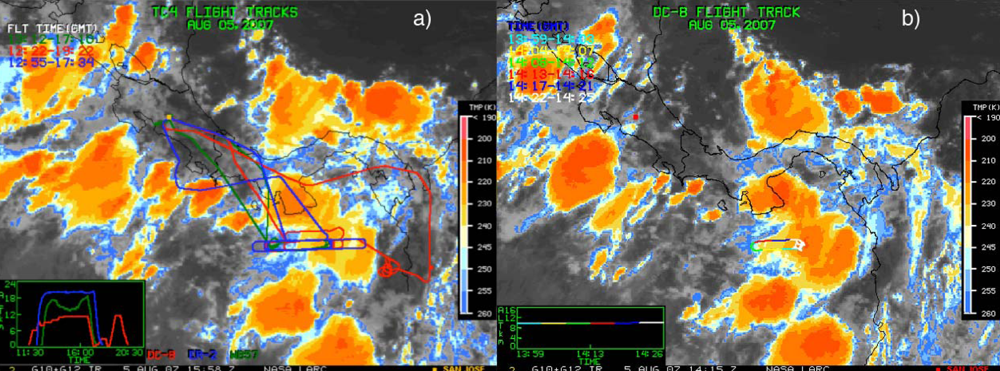

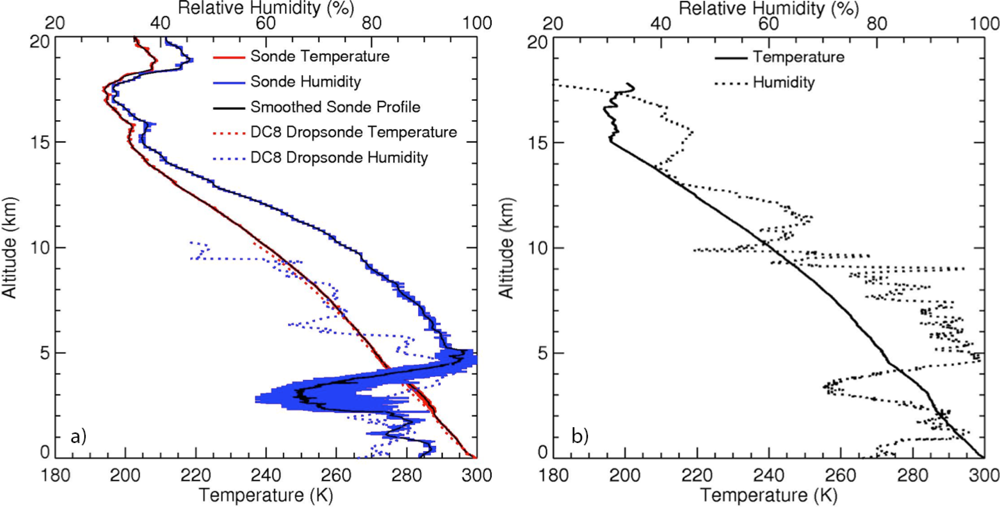


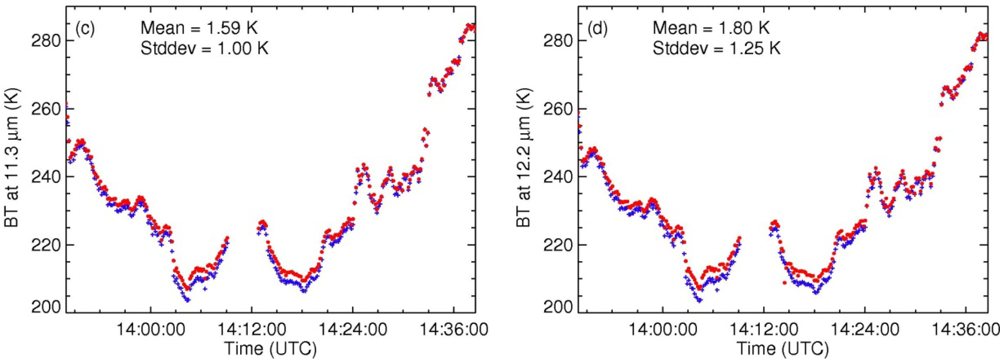

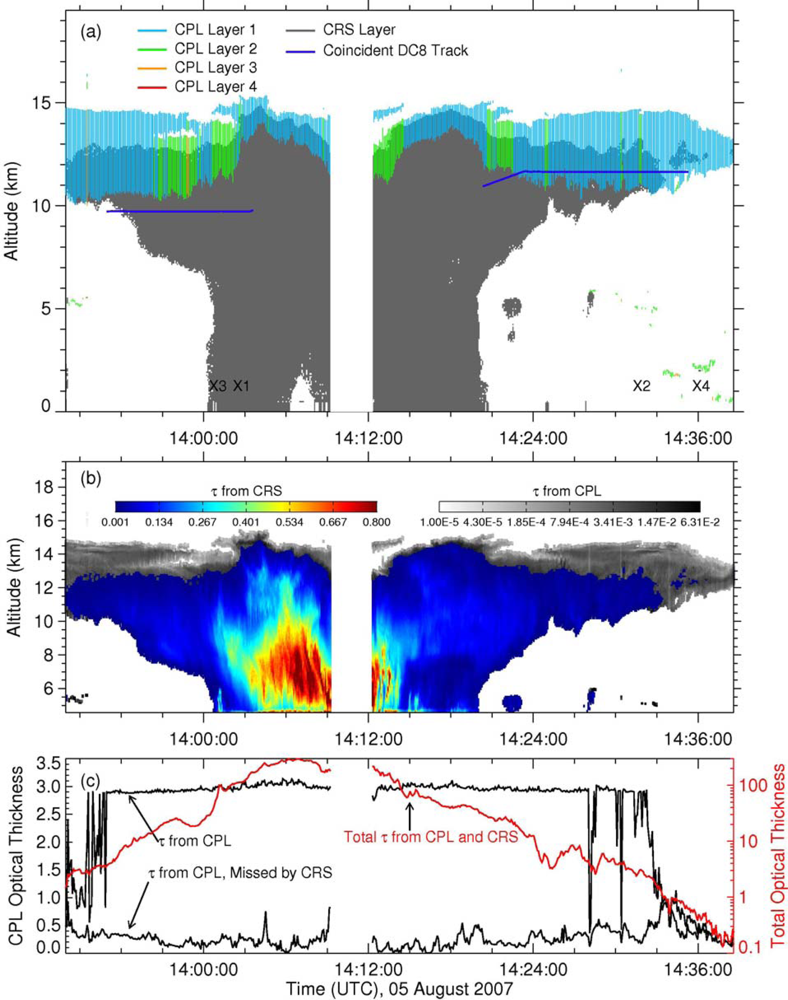
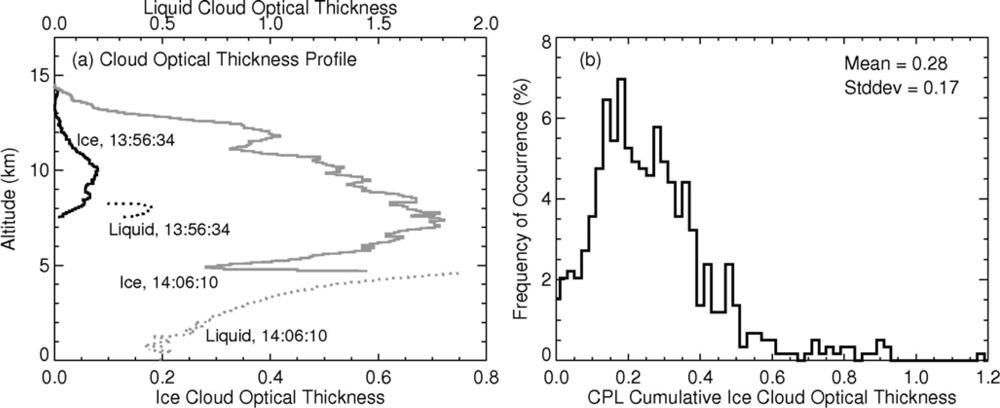
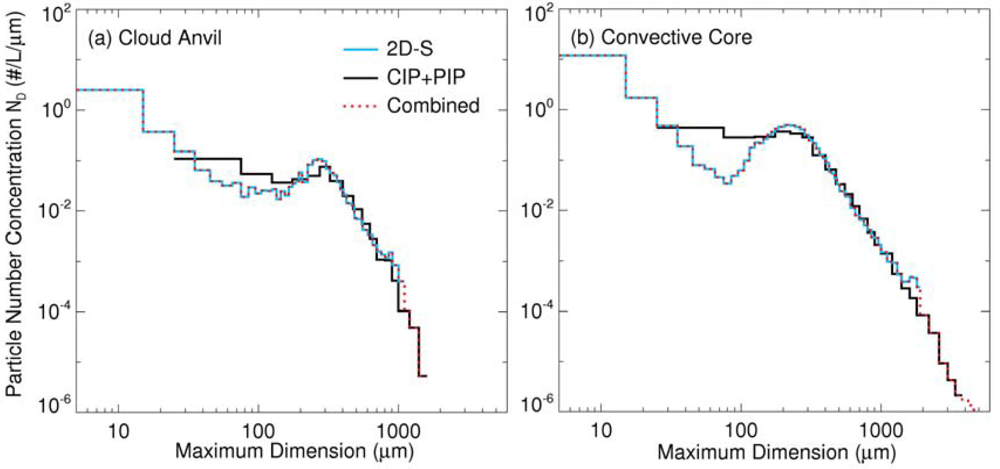
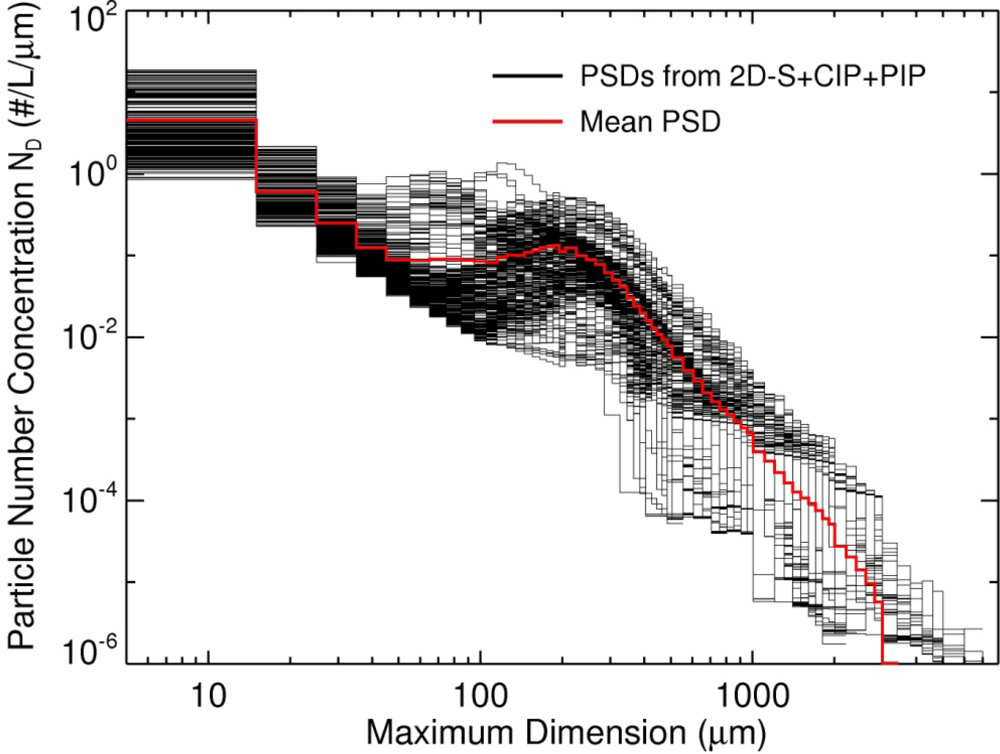
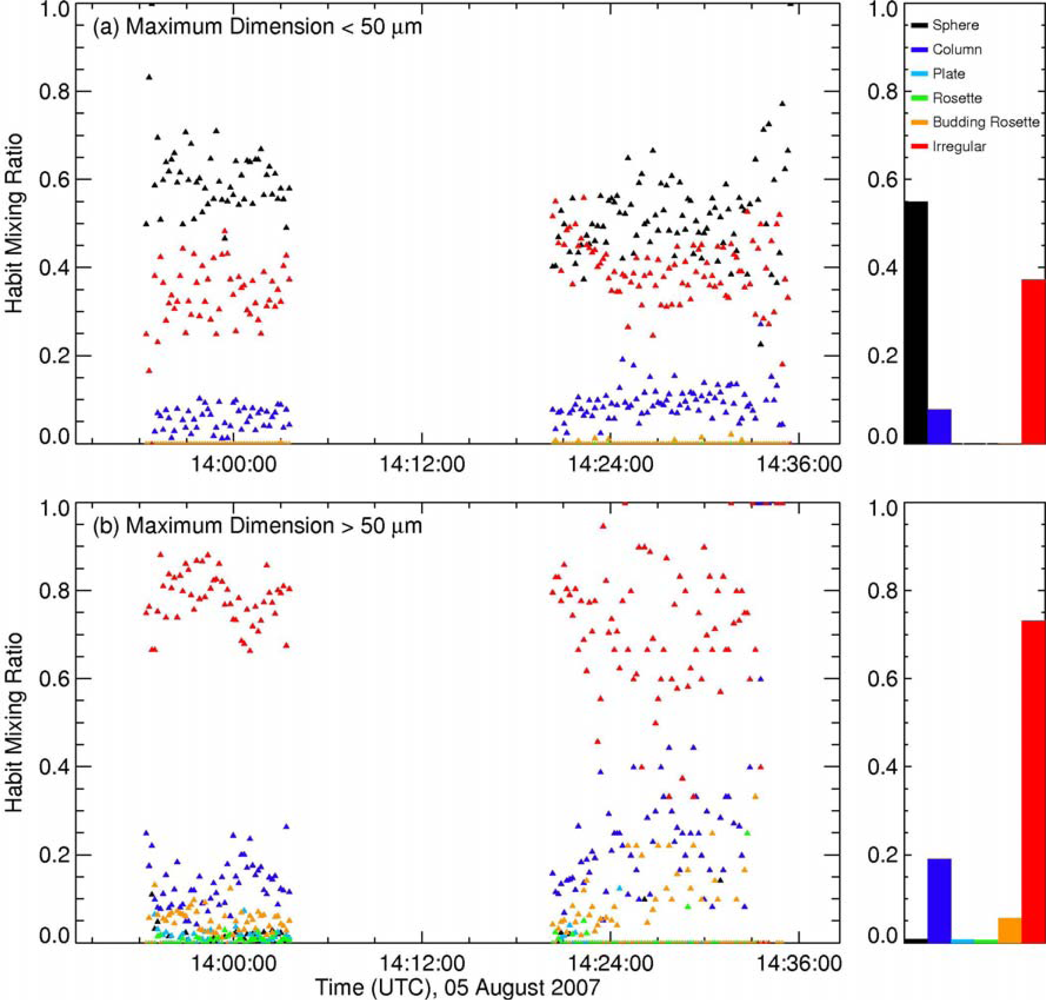
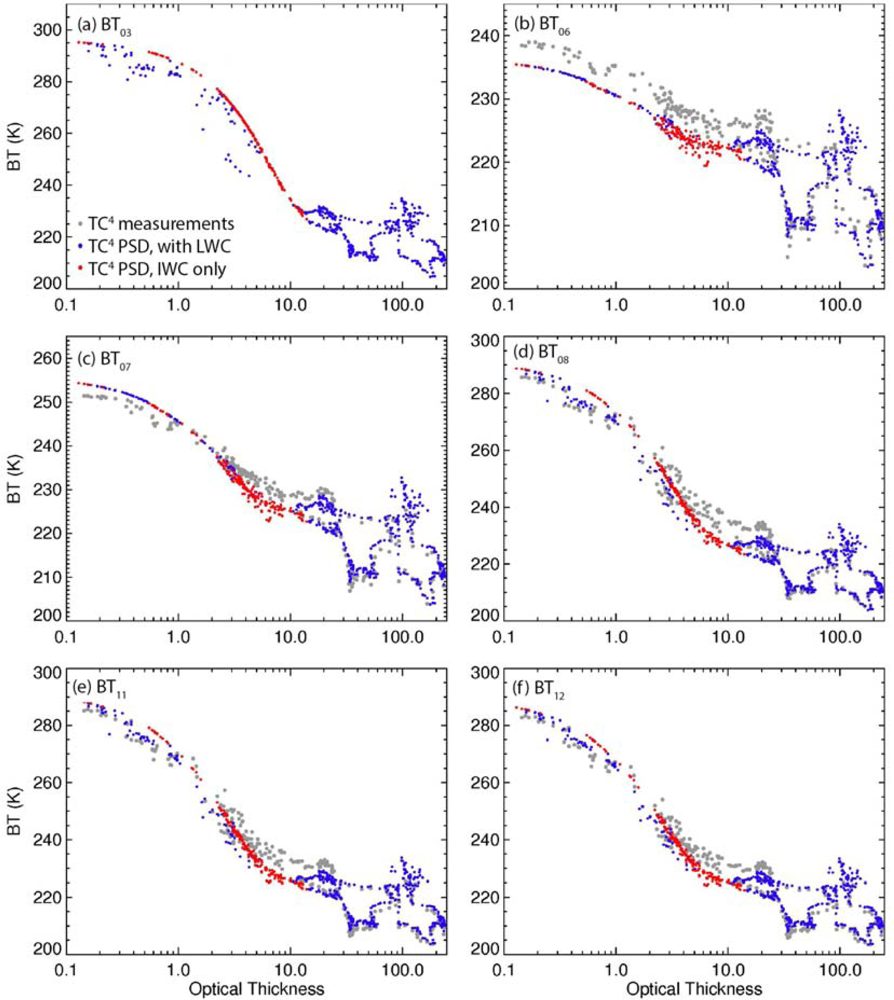

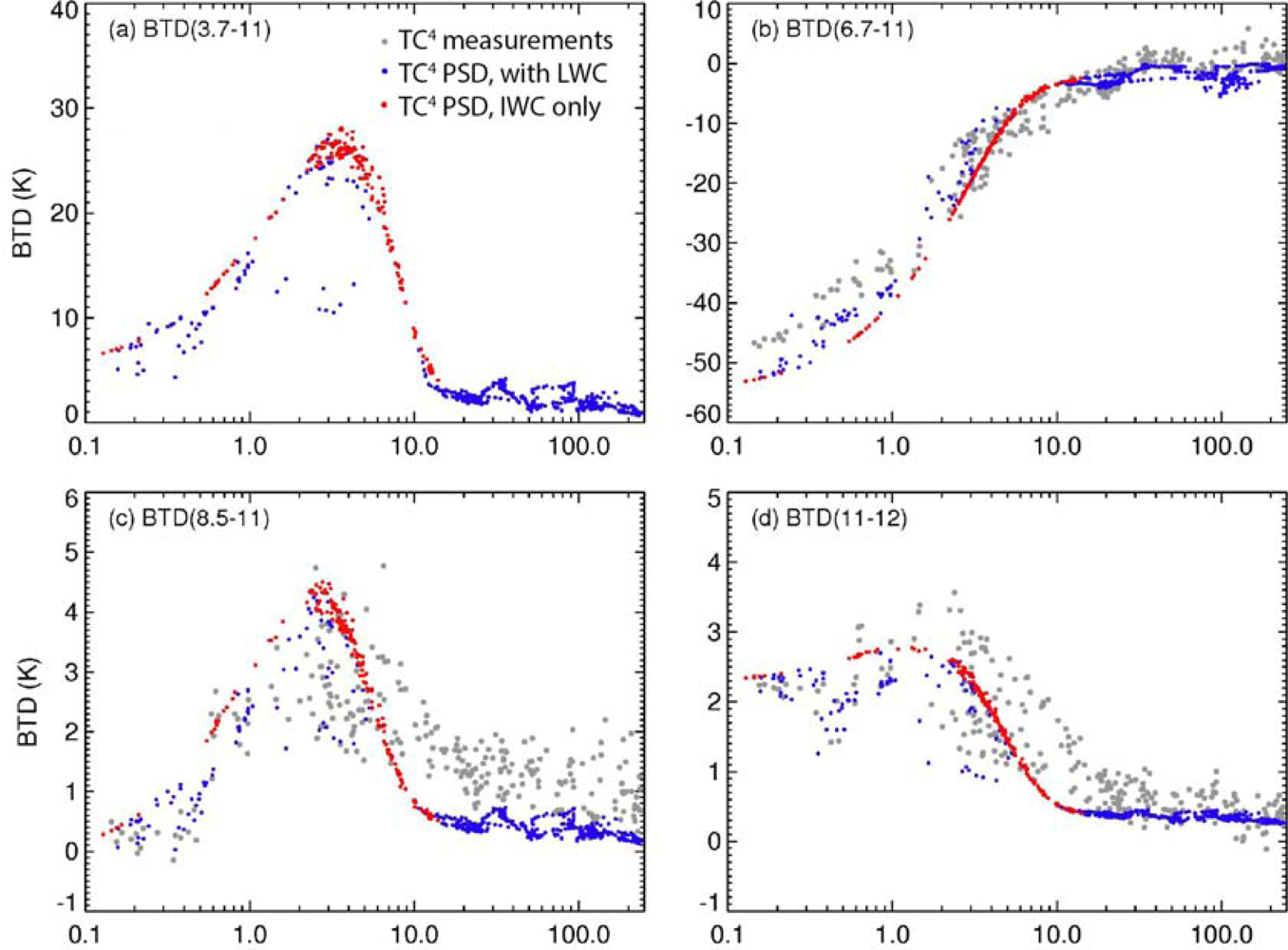

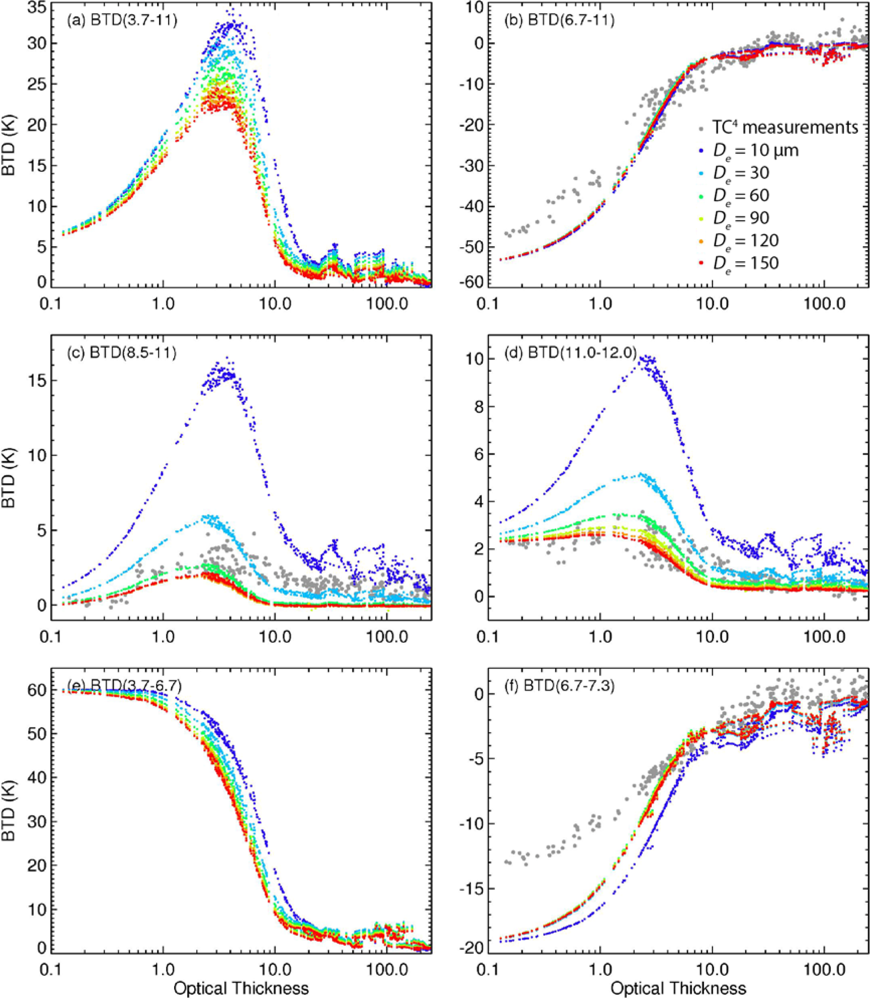

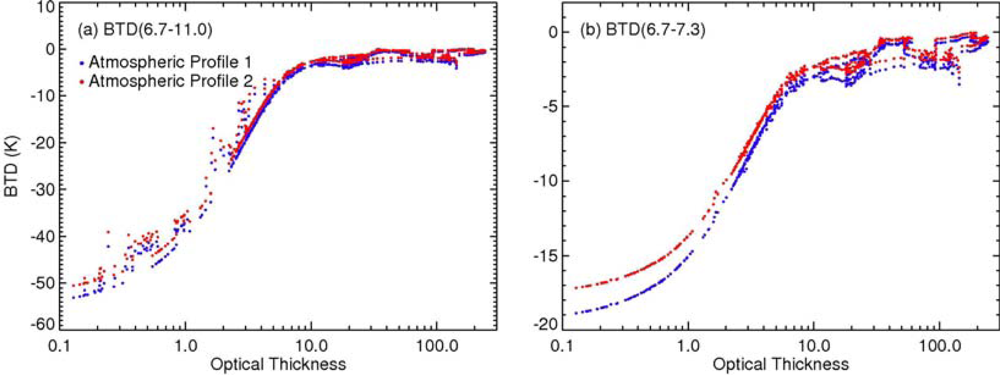


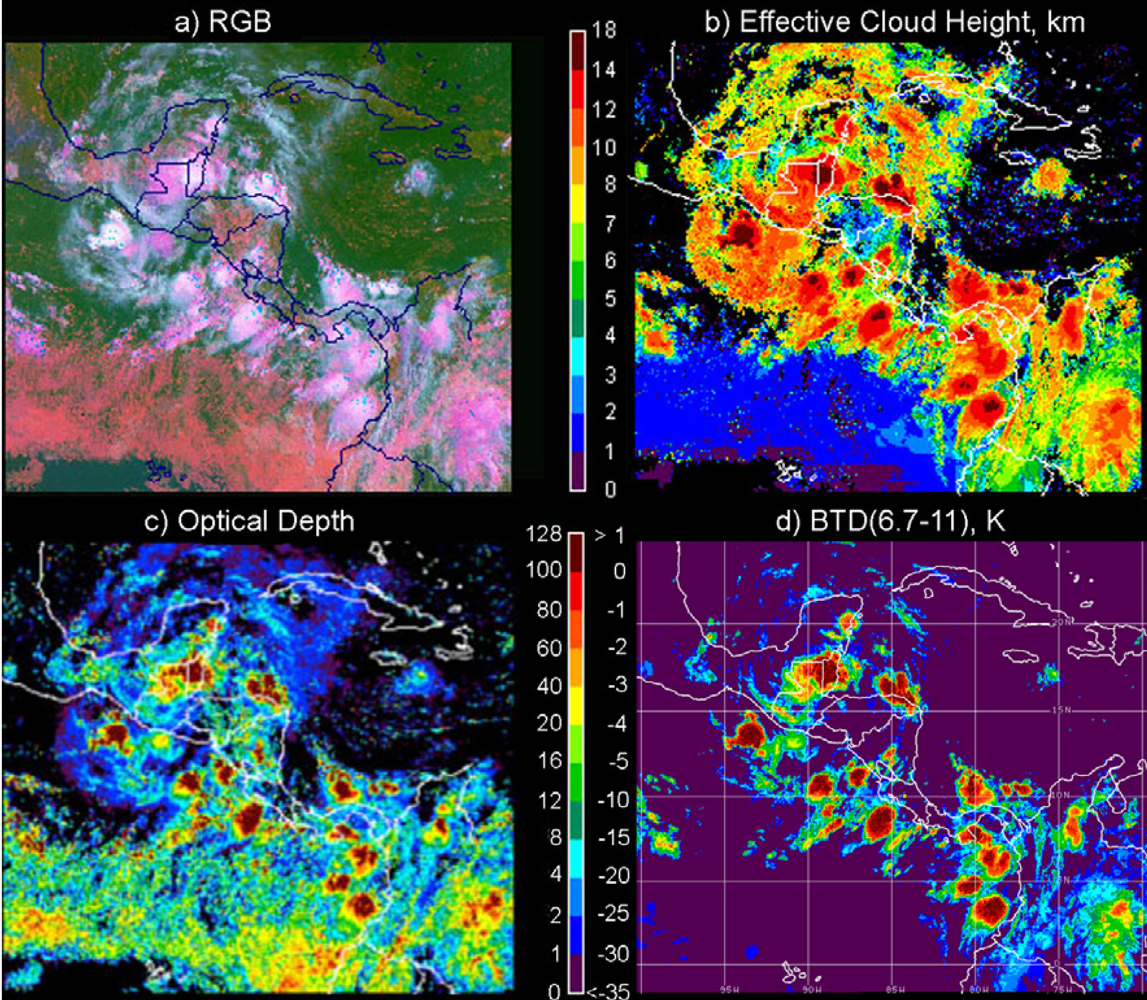
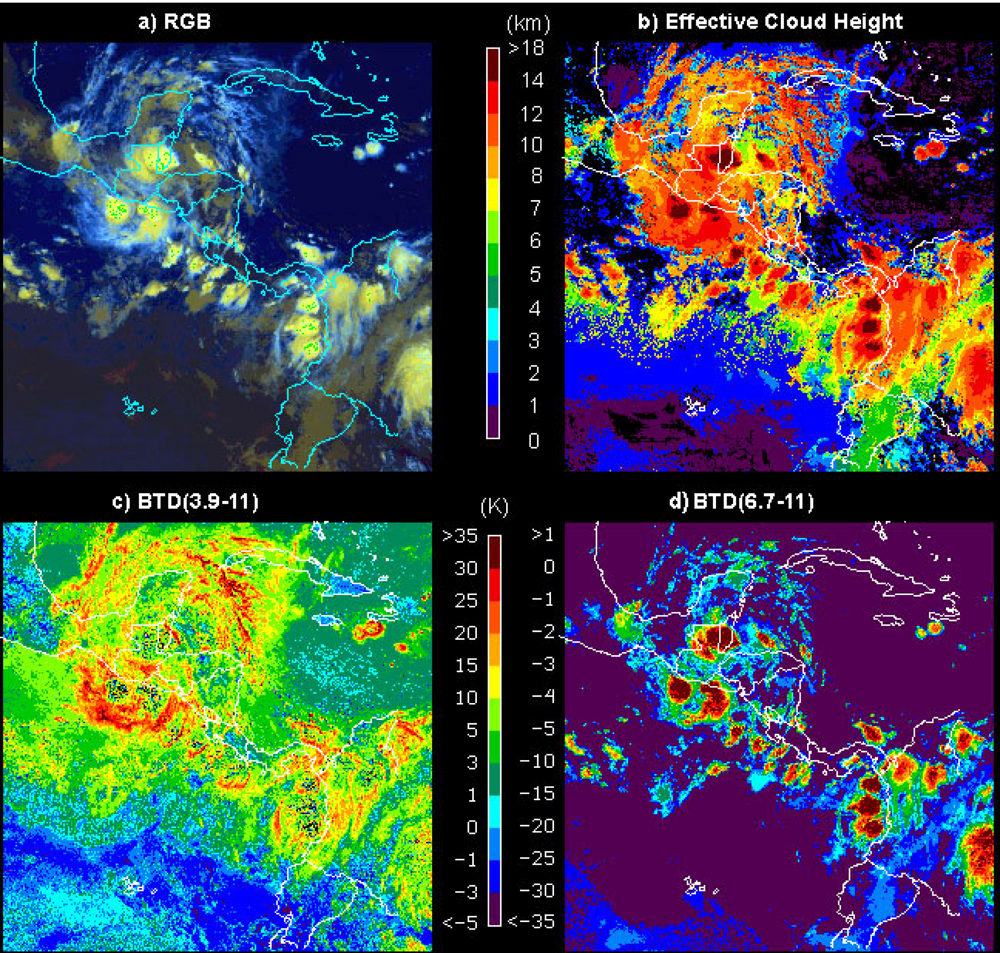

Share and Cite
Minnis, P.; Hong, G.; Ayers, J.K.; Smith, W.L., Jr.; Yost, C.R.; Heymsfield, A.J.; Heymsfield, G.M.; Hlavka, D.L.; King, M.D.; Korn, E.; et al. Simulations of Infrared Radiances over a Deep Convective Cloud System Observed during TC4: Potential for Enhancing Nocturnal Ice Cloud Retrievals. Remote Sens. 2012, 4, 3022-3054. https://doi.org/10.3390/rs4103022
Minnis P, Hong G, Ayers JK, Smith WL Jr., Yost CR, Heymsfield AJ, Heymsfield GM, Hlavka DL, King MD, Korn E, et al. Simulations of Infrared Radiances over a Deep Convective Cloud System Observed during TC4: Potential for Enhancing Nocturnal Ice Cloud Retrievals. Remote Sensing. 2012; 4(10):3022-3054. https://doi.org/10.3390/rs4103022
Chicago/Turabian StyleMinnis, Patrick, Gang Hong, J. Kirk Ayers, William L. Smith, Jr., Christopher R. Yost, Andrew J. Heymsfield, Gerald M. Heymsfield, Dennis L. Hlavka, Michael D. King, Errol Korn, and et al. 2012. "Simulations of Infrared Radiances over a Deep Convective Cloud System Observed during TC4: Potential for Enhancing Nocturnal Ice Cloud Retrievals" Remote Sensing 4, no. 10: 3022-3054. https://doi.org/10.3390/rs4103022
APA StyleMinnis, P., Hong, G., Ayers, J. K., Smith, W. L., Jr., Yost, C. R., Heymsfield, A. J., Heymsfield, G. M., Hlavka, D. L., King, M. D., Korn, E., McGill, M. J., Selkirk, H. B., Thompson, A. M., Tian, L., & Yang, P. (2012). Simulations of Infrared Radiances over a Deep Convective Cloud System Observed during TC4: Potential for Enhancing Nocturnal Ice Cloud Retrievals. Remote Sensing, 4(10), 3022-3054. https://doi.org/10.3390/rs4103022




